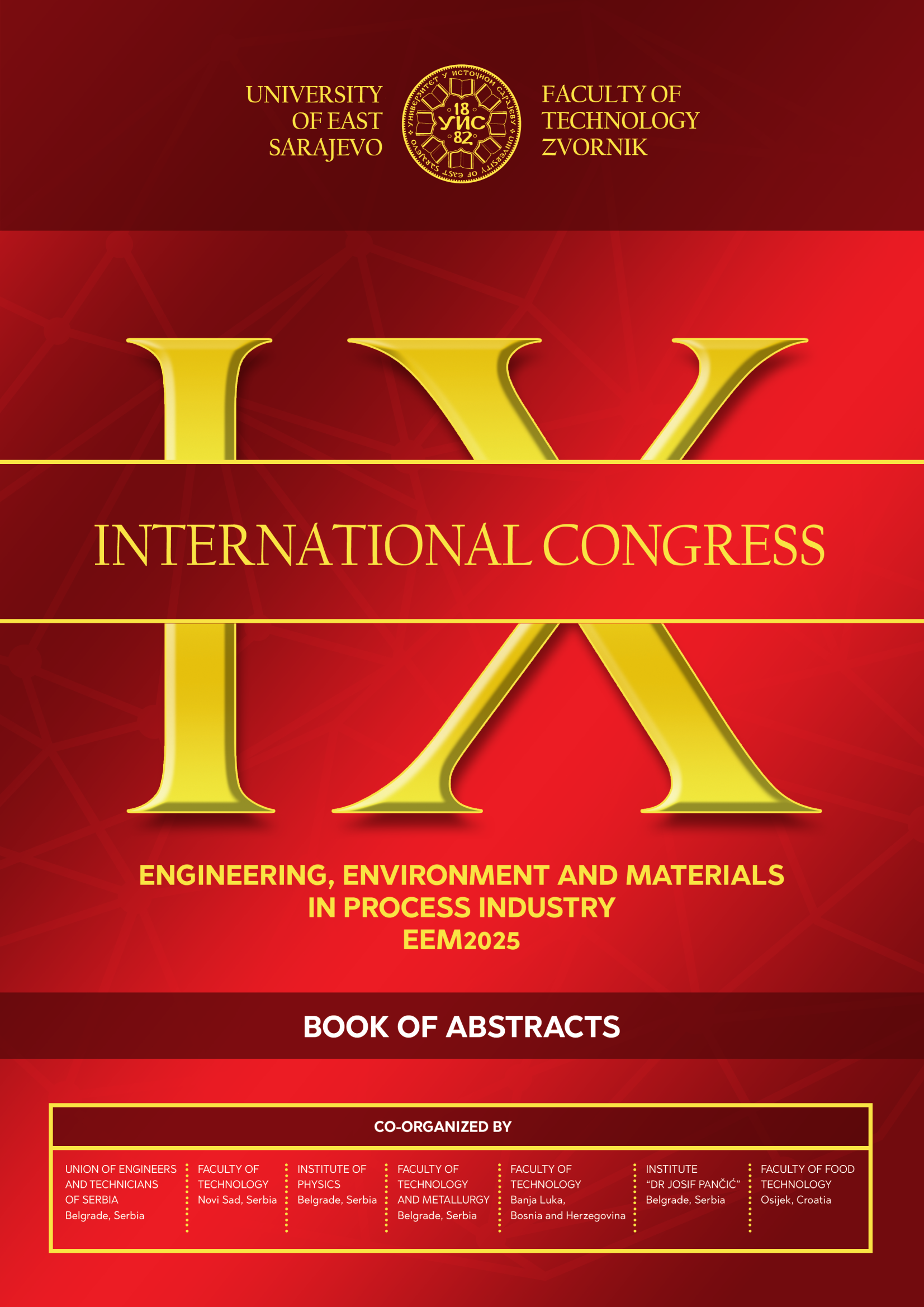
This is an open access article distributed under the Creative Commons Attribution License which permits unrestricted use, distribution, and reproduction in any medium, provided the original work is properly cited.
University of Belgrade, Faculty of Technology and Metallurgy, Karnegijeva 4 , Belgrade , Serbia
University of Belgrade, Institute for the Application of Nuclear Energy INEP, Banatska 31b , Belgrade , Serbia
University of Belgrade, Institute of Chemistry, Technology and Metallurgy, National Institute of the Republic of Serbia, Njegoševa 12 , Belgrade , Serbia
University of Belgrade, Faculty of Technology and Metallurgy, Karnegijeva 4 , Belgrade , Serbia
University of Belgrade, Institute for the Application of Nuclear Energy INEP, Banatska 31b , Belgrade , Serbia
Polyphenols are a large group of plant secondary metabolites that can be employed as preservatives, antioxidants, and additives. Flavonoids, as an important group of polyphenols and natural antioxidants, may reduce oxidative stress in cardiovascular and neurodegenerative diseases, diabetes mellitus, asthma, and eye disorders. The objective of the present study was to investigate the influence of high temperature on the extraction of polyphenols and flavonoids from fumitory (Fumaria officinalis L.). The polyphenol yield varied in a range of 16.56 to 18.33 mg gallic acid equivalent/g of dried plant material, achieving the highest value in the extract prepared using the high temperature for 30 min. The same trend was noticed for the flavonoid concentration in the extracts (7.14-8.48 mg catechin equivalent/g of dried plant material): macerate after 60 min ≤ macerate after 90 min ≤ HAE extract after 15 min ≤ HAE extract after 30 min. Compared to maceration and taking into consideration the industrial requirements such as high extraction yield for a shorter time, HAE could be recommended as a convenient technique for polyphenol and flavonoid extraction from fumitory. This research was an initial step in the production of polyphenol- and flavonoid-rich fumitory extracts aimed to be used for the formulation of foodstuffs and medicines.
The statements, opinions and data contained in the journal are solely those of the individual authors and contributors and not of the publisher and the editor(s). We stay neutral with regard to jurisdictional claims in published maps and institutional affiliations.